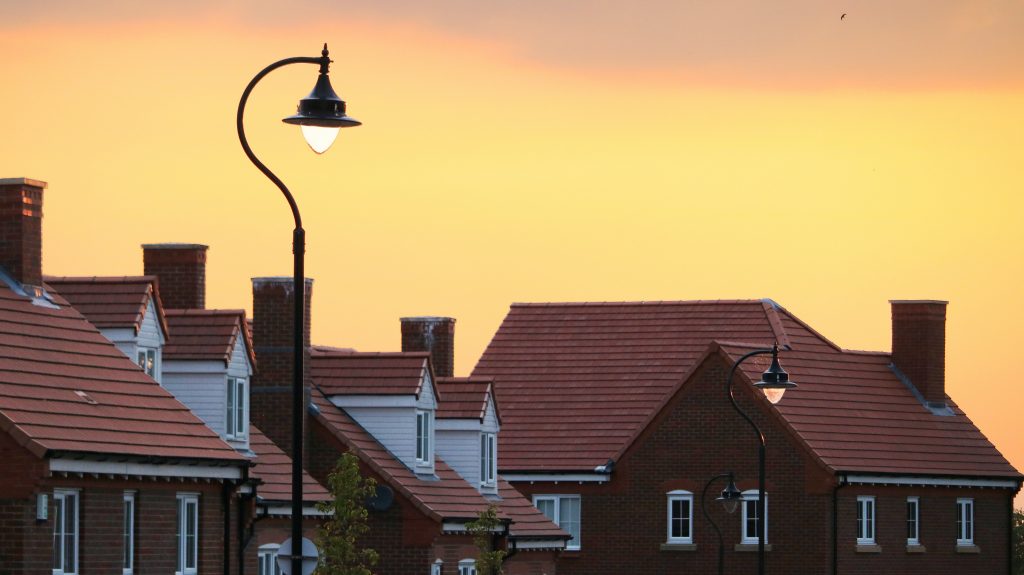When Net Zero by 2050 was first pledged by the UK Government, it seemed like a lifetime away. But the clock is ticking on achieving this before the reality of climate change starts to bite. The planet is anticipated to exceed the critical 20C degree increase, meaning global warming effects like higher sea levels, higher temperatures, disturbed weather patterns, and more extremes of rainfall and drought.
Progress is underway in the UK construction and property retrofit sector, driven by the Heat and Buildings Strategy, the Future Homes Standard 2025, the recently launched Boiler Upgrade Scheme and most recently, the changes to Part L of the Building Regulations. From 15th June, the changes to Part L of the Building Regulations (Conservation of Fuel and Power) sets new minimum standards for energy efficiency in new build homes and require heating systems to be designed to operate at a low flow temperature. This means minimum energy efficiency standards for heating systems, including 92% ErP for gas boilers and a SCOP of 3.0 for heat pumps and maximum design temperature of 55°C (compared to current standard 80°C). This new stop gap policy marks the first step towards the Future Homes Standard, which will be introduced in 2025 and require new build homes to meet top energy efficiency standards (75 -80% fewer carbon emissions than today) and be future-proofed with low-carbon heating.
Domestic buildings are a huge strain on resources, accounting for 20% of carbon emissions and around 35% of total energy usage. Therefore, the residential housing sector is a key target for government decarbonisation strategies, a strategy which HIES members are at the forefront of in the installation and maintenance of energy efficient and renewable home improvement solutions. Our members are competent in Air Source Heat Pumps, Ground Source Heat Pumps, solar batteries, solar inverters, solar panels, solar roof tiles, biomass boilers, EV home charging points, and infrared heating panels. All of these solutions are available now, without waiting for the 2030 deadline to hit. As an example, as the main low temperate heating system, demand for heat pumps has grown by over 300% since 2021; solar PV is also helping as a secondary technology to meet the new demands of Part L; and almost 1 million UK homes have already gone solar.
At HIES, we welcome the changes to Part L as another big step forward in the energy efficiency of homes and buildings. Together with our members will continue to campaign and educate the supply chain to help play our role in the mitigation of the climate crisis.
If you’re a homeowner who wants to find out more about how HIES installers can help you: https://www.hiesscheme.org.uk/homeowners/
If you’re an installer who wants to find out more about the benefits of HIES membership: https://www.hiesscheme.org.uk/installer-journey-benefits/


